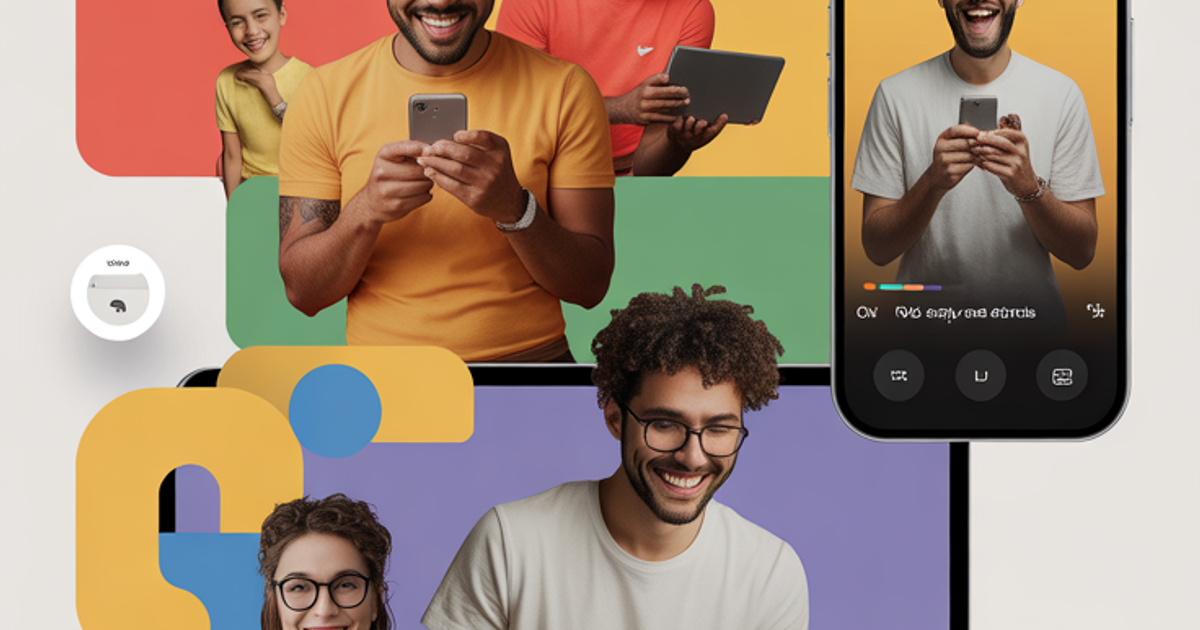GPT Search Could Be the Biggest Breakout Moment for Video Creators
AI search is exploding, with ChatGPT nearing mass adoption. Consumers don’t just want text, they want video. But if your videos live on YouTube, GPT searches send traffic there instead of to you. This post explores why video-first watch pages on your own site - like those powered by Open.Video, are the key to growing views and subscribers in the AI era.

GPT Search Could Be the Biggest Breakout Moment for Video Creators
The launch of ChatGPT in 2022 didn’t just disrupt search, it reshaped user behavior. What started as a workplace tool is rapidly becoming a mainstream utility. And here’s the kicker: the way people use GPTs is shifting toward search-like queries. In OpenAI’s latest usage data, over half of ChatGPT interactions are “Asking” questions - the exact kinds of queries we used to type into Google.
If AI-driven search is the future, the question for publishers and creators is simple: will your content show up in those answers?
Why This Matters for Video
Consumers don’t just want text responses, they want video. People process and engage with video at higher rates, and it drives more trust and connection.
But here’s the problem: most publishers dump video on YouTube. When that happens, GPTs and Google don’t send traffic to your site, they send it to YouTube’s pages. That means YouTube owns the views, the subscribers, and the monetization opportunities. This results in the creator collecting 55% of the revenue sold to advertisers for their creation….With no negotiating power.
That’s a lost opportunity, especially now that AI search is rapidly gaining adoption.
The Case for Owned & Operated Video
Here’s where the opportunity gets exciting:
Think of it this way: in the old SEO world, blogs optimized for keywords built traffic and authority. In the GPT era, video-first watch pages on your domain are the new authority signal. And with tools like Open.Video, publishers can spin up those watch pages instantly - without custom dev work.
The Window Is Open, But Closing Fast
ChatGPT already has 700 million weekly active users, with growth pointing to mass adoption by early 2026. Once GPT search becomes the norm, the fight for visibility will be much tougher - it’ll be about who the AI trusts enough to reference.
Creators who wait will keep fueling YouTube’s growth. Creators who act now by hosting videos on their own sites with built-for-search watch pages can turn GPT search into a powerful discovery engine for their own traffic, their own videos, their own subscribers.
Takeaway
Don’t hand your audience to YouTube, TikTok or Instagram in the GPT era. Host your videos on your own domain, create structured watch pages, and become the authority that LLMs cite. Platforms like Open.Video make this possible out of the box. The AI search wave is already here—the question is whether it sends traffic to you, or to the platforms.
About Jeff Bernard
Jeff Bernard brings a wealth of experience in curating innovative digital strategies that drive user acquisition, engagement, and ultimately, digital revenue growth. He currently serves as VP of Content Partnerships at Open.Video, where he helps creators break free from walled gardens and take ownership of their content on the open web. Jeff also leads as the VP of Global Publisher Success at Ezoic, a recognized leader in the digital advertising space. He holds an M.B.A. from the University of Redlands and a B.A. in Communication from California State University San Marcos. Outside of work, Jeff enjoys life with his wife and two boys - often found coaching youth soccer or battling it out on the tennis court.
